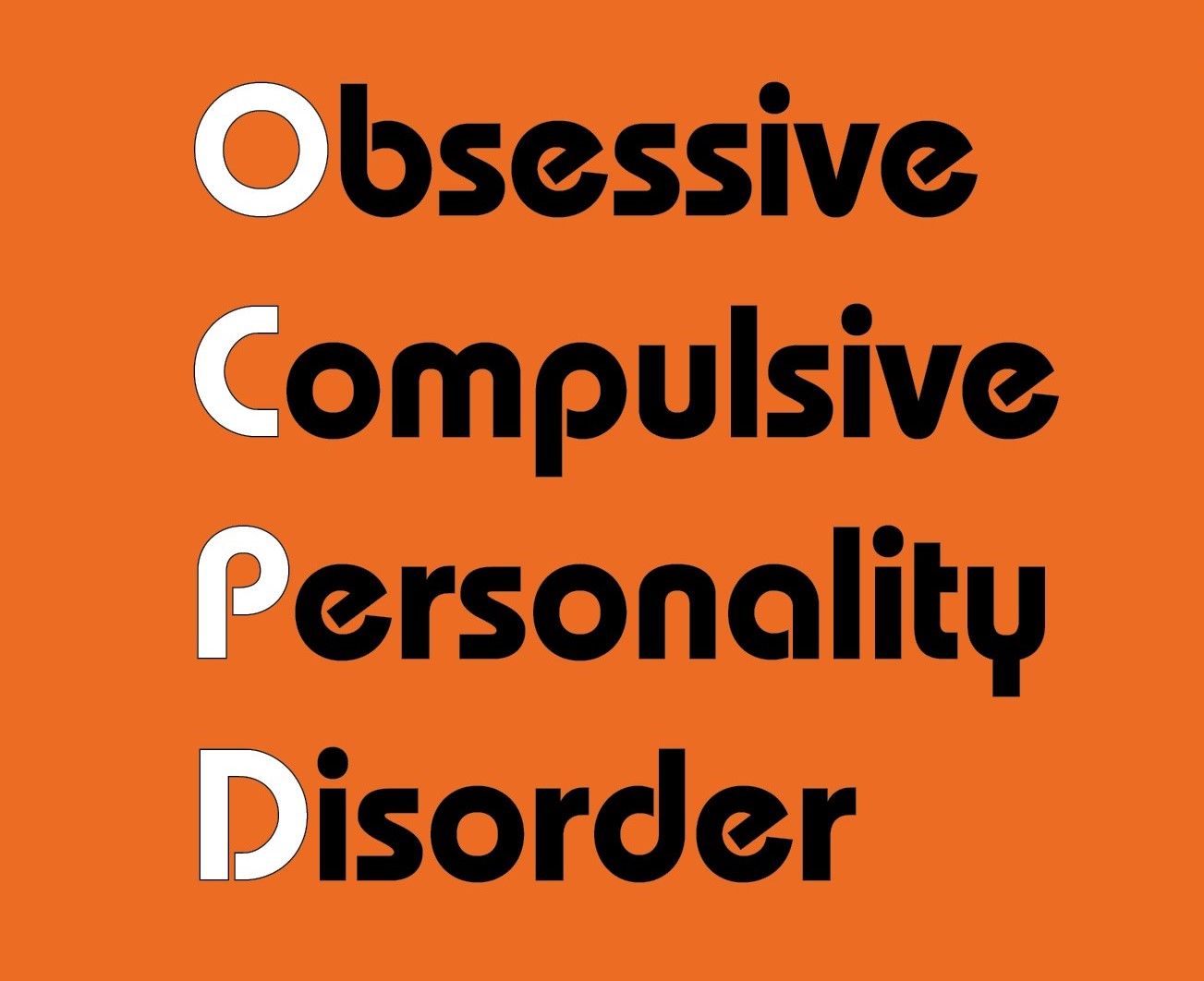Understanding Obsessive-Compulsive Disorder (OCD)
Advance Minds Blog
A safe space to explore subjects within the community such as mental health, substance abuse and personal identity.
Our safe space also provides the opportunity for real individuals to express their hardships and success through writing.
Understanding Obsessive-Compulsive Disorder (OCD): Symptoms, Causes, and Treatment

Obsessive-Compulsive Disorder (OCD) is a mental health condition characterized by unwanted, recurring thoughts (obsessions) and repetitive behaviors (compulsions). These thoughts and behaviors can significantly impact daily life, work, and relationships, often leading to intense distress. Here’s a guide to understanding the basics of OCD, its symptoms, causes, and treatment options.
1. What is Obsessive-Compulsive Disorder (OCD)?
- Definition: OCD is a mental health disorder marked by obsessions and compulsions. Obsessions are intrusive, unwanted thoughts, while compulsions are repetitive actions or rituals meant to alleviate distress caused by these thoughts.
- Prevalence: OCD affects about 2% of the population worldwide, though its severity and symptoms can vary widely.
- Impact on life: OCD can interfere with daily routines, work responsibilities, and social interactions, often consuming hours of a person’s day.
2. Common Symptoms of OCD
- Obsessions: These are intrusive thoughts, images, or urges that cause anxiety or discomfort. Common obsessions include:
- Fear of contamination by germs, dirt, or illness.
- Persistent doubts, such as questioning if doors are locked or appliances are turned off.
- Unwanted, violent, or disturbing thoughts about harming oneself or others.
- Needing things to be symmetrical, in perfect order, or “just right.”
- Compulsions: These are repetitive behaviors or mental acts performed to reduce anxiety from obsessions. Common compulsions include:
- Excessive hand-washing, cleaning, or sanitizing.
- Repeated checking (locks, stoves, etc.) to alleviate doubt.
- Counting, tapping, or repeating actions a certain number of times.
- Arranging objects in a specific way to feel a sense of control or relief.
3. Types of OCD
- Contamination OCD: Fear of germs, contamination, or illness leading to compulsive cleaning or avoidance behaviors.
- Checking OCD: Involves excessive checking of things like locks, appliances, or personal safety, driven by fears of harm or mistakes.
- Symmetry and Order OCD: Involves arranging or organizing items until they feel “just right” or symmetrical.
- Harm OCD: Unwanted, intrusive thoughts of causing harm to oneself or others, leading to avoidance or checking behaviors.
- Pure Obsessional (Pure O) OCD: Involves intrusive, distressing thoughts without visible compulsions, though individuals may perform mental rituals to reduce anxiety.
4. Causes and Risk Factors for OCD
- Genetics: OCD often runs in families, suggesting a genetic component. People with close relatives who have OCD may have a higher risk of developing the condition.
- Brain structure and function: Brain imaging studies show that people with OCD have differences in areas of the brain associated with behavior regulation and anxiety.
- Environmental factors: Trauma, abuse, or significant stressors can sometimes trigger or worsen OCD symptoms.
- Personality factors: Certain personality traits, like perfectionism or high sensitivity, can increase the risk of developing OCD.
5. Diagnosis of OCD
- Clinical assessment: A mental health professional, such as a psychiatrist or psychologist, will evaluate symptoms, behaviors, and thoughts through clinical interviews and questionnaires.
- Criteria: Diagnosis requires that obsessions and compulsions cause significant distress, are time-consuming (taking more than an hour daily), or interfere with daily activities.
6. Treatment Options for OCD
- Cognitive Behavioral Therapy (CBT): CBT, specifically Exposure and Response Prevention (ERP), is the most effective therapy for OCD. It helps individuals face their fears in a controlled way and resist the urge to perform compulsions.
- Medication: Selective Serotonin Reuptake Inhibitors (SSRIs) are commonly prescribed to help reduce OCD symptoms. Medications often work best when combined with therapy.
- Mindfulness and relaxation techniques: Mindfulness practices can help individuals learn to accept intrusive thoughts without reacting to them.
- Group therapy and support groups: Peer support can provide understanding, encouragement, and shared coping strategies.
- Intensive and residential treatment: For severe cases, specialized OCD programs may offer more intensive treatment, including residential options where individuals can receive round-the-clock support.
7. Self-Help Strategies for Managing OCD
- Limit reassurance-seeking: Reassurance-seeking can reinforce OCD patterns. Instead, try to sit with the discomfort and remind yourself that distress will pass.
- Practice acceptance of uncertainty: Learning to tolerate uncertainty can reduce the need to perform compulsions or seek certainty in everything.
- Engage in mindfulness exercises: Mindfulness can help break the cycle of obsessions and compulsions by allowing you to observe thoughts without judgment.
- Use gradual exposure techniques: Start with small exposures to your fears and work up to more challenging situations, reducing compulsions over time.
8. Challenges and Misconceptions about OCD
- It’s not just about “being clean”: OCD is often misunderstood as being focused solely on cleanliness or organization. In reality, it’s a complex disorder that can involve many forms of distressing thoughts and rituals.
- OCD is more than a personality trait: People sometimes describe themselves as “a little OCD” due to certain preferences, but true OCD goes beyond personality quirks and can be disabling.
- Willpower alone isn’t enough: OCD is not a result of weak willpower or a lack of effort; it’s a real mental health condition that often requires professional support.
9. The Importance of Support for People with OCD
- Educate friends and family: Knowing more about OCD can help loved ones be more supportive and avoid reinforcing OCD behaviors.
- Encourage therapy and treatment: Gently support individuals in seeking professional help without forcing it or expressing frustration.
- Avoid enabling rituals: It can be tempting to help someone by participating in their rituals, but it’s more helpful to encourage them in therapy-based methods for resisting compulsions.
- Be patient and understanding: Recovery from OCD is often gradual, and it’s essential to remain supportive and patient with those affected.
10. Finding Hope with OCD
- Treatment success: Many people with OCD see significant improvements in their quality of life with treatment, especially when they engage in therapy and, if appropriate, medication.
- Self-awareness and growth: The process of managing OCD can foster personal growth, resilience, and a greater understanding of oneself.
- Support communities: Connecting with others who have OCD can provide encouragement, validation, and shared strategies for coping.
Final Thoughts:
Living with OCD can be challenging, but with the right combination of treatment, self-help, and support, it’s possible to manage symptoms and lead a fulfilling life. Remember that OCD does not define a person, and with persistence, it can be managed successfully. Reaching out for help and connecting with resources is the first step to building a more peaceful and balanced life.
















